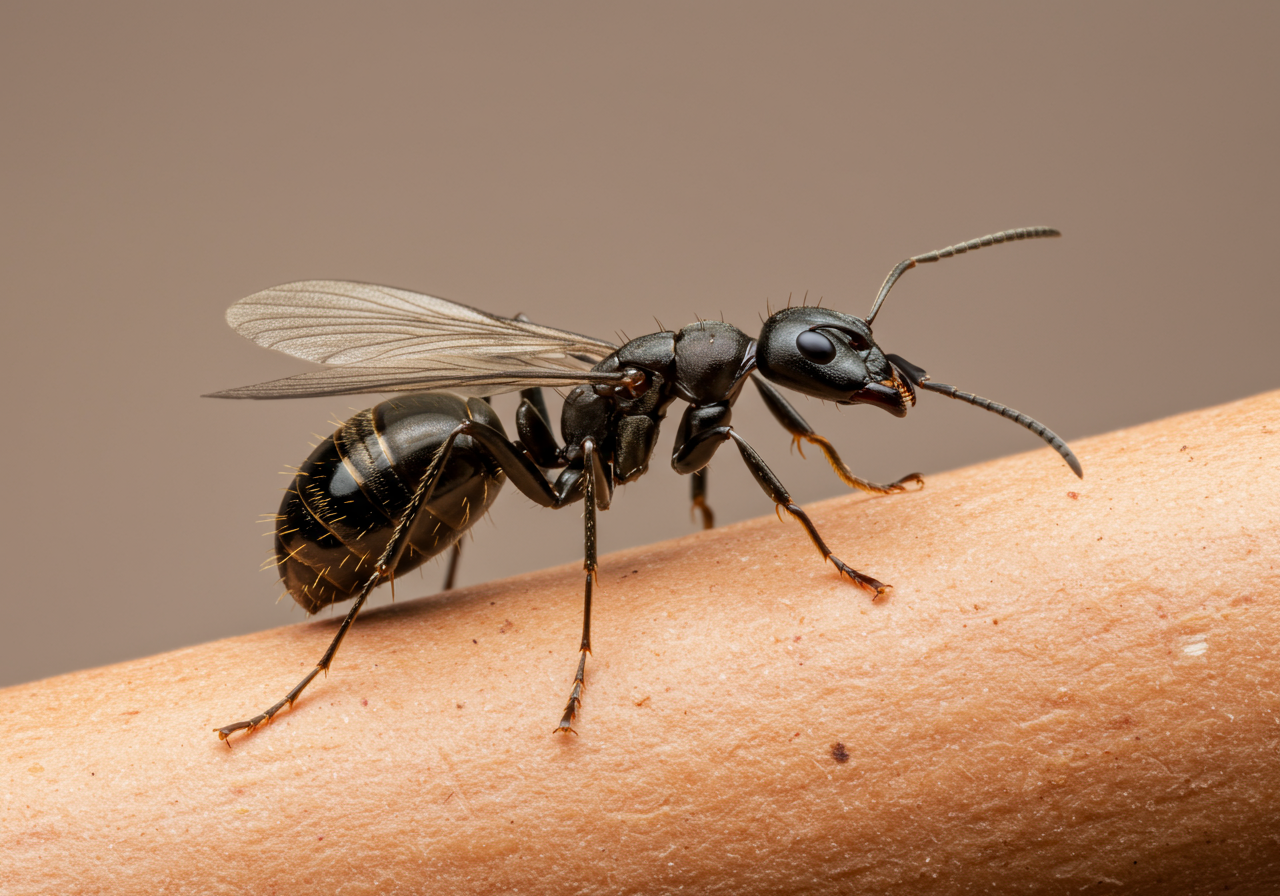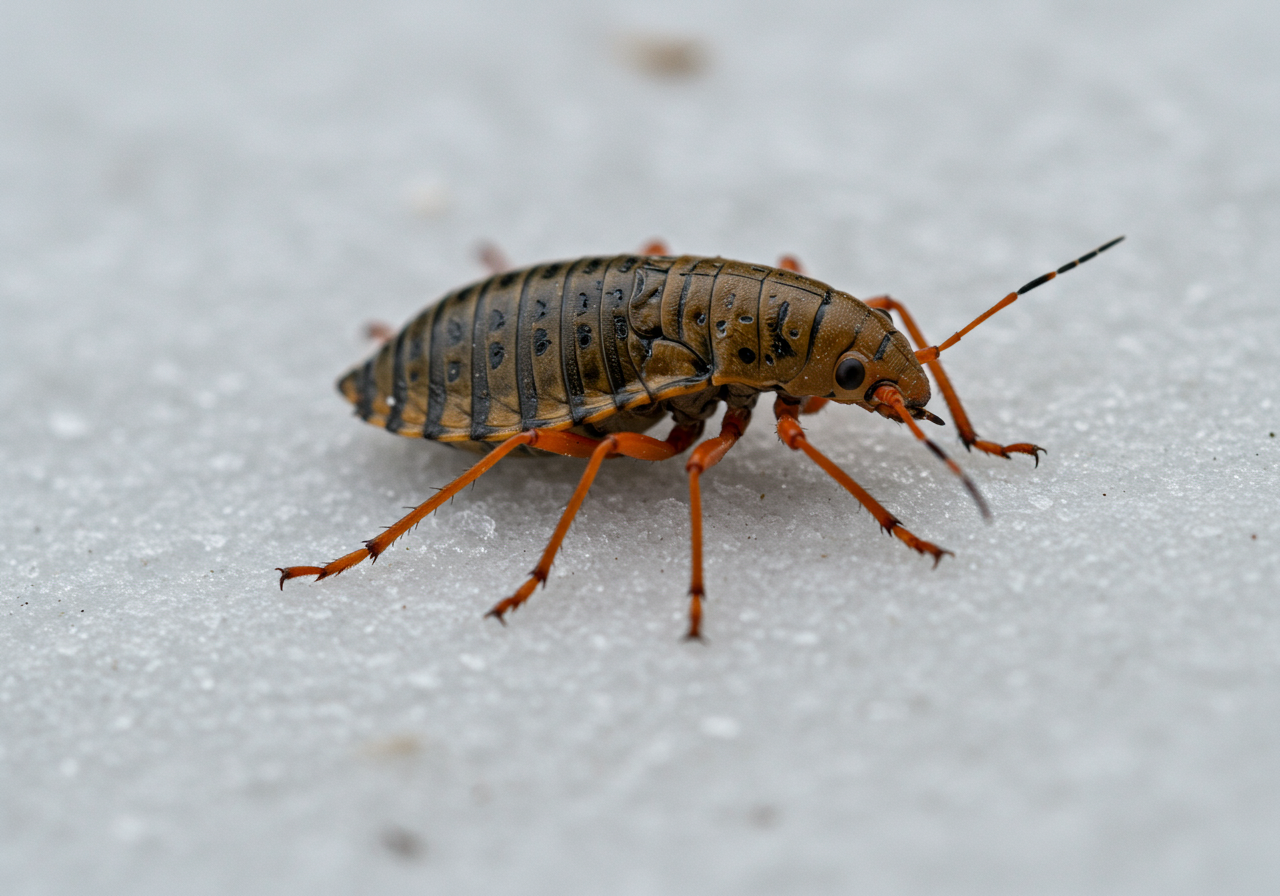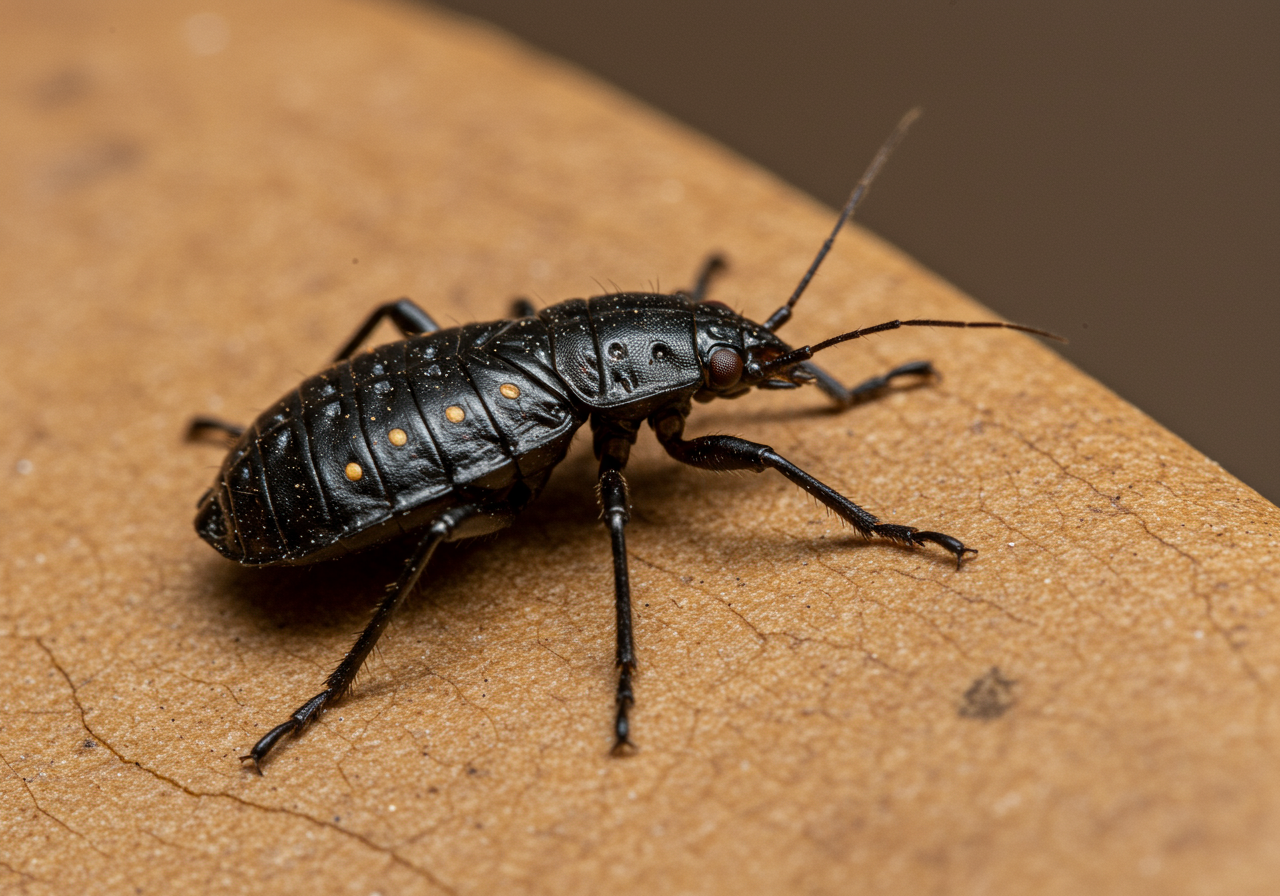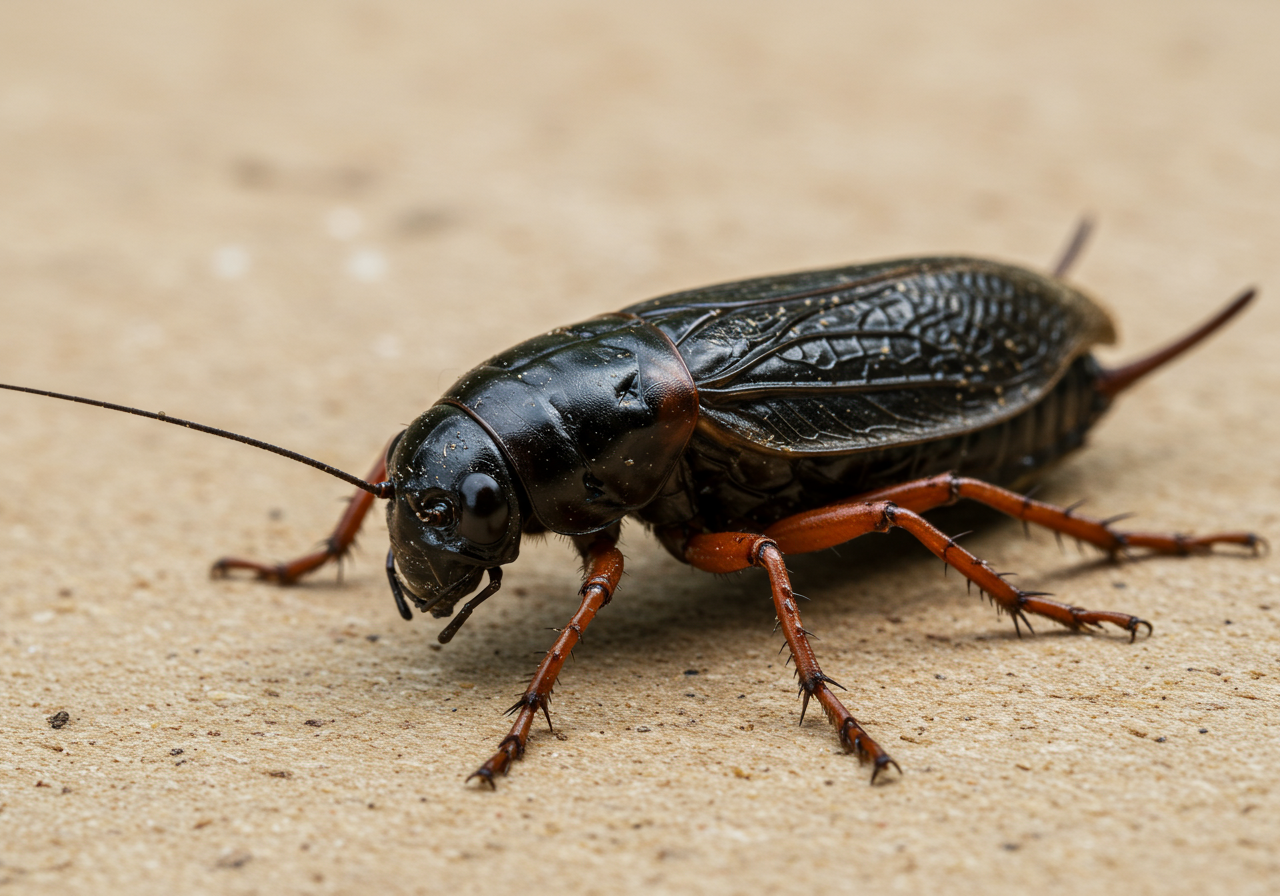
Black Flying Ants: What Every Homeowner Needs to Know & How to Get Rid of Them
Seeing black flying ants can be alarming. Are they harmless, or a sign of a bigger problem? Dive into our guide to understand these winged pests and discover reliable methods for effective black flying ant control. Resolve Pest Management offers expert solutions to help you protect your home and reclaim your peace of mind from these unwanted invaders.
Don't Let Black Flying Ants Take Flight Indoors: What Homeowners Need to Know
Have you ever suddenly noticed a swarm of black, winged insects flying around your home, especially during warmer months? It can be quite startling! These are often "black flying ants," and while they might look alarming, understanding what they are and what they mean for your home is the first step to managing them.
At Resolve Pest Management, we frequently help homeowners throughout Ocean and Monmouth Counties tackle these winged visitors. Let's dive into the world of black flying ants and how we can help keep your home pest-free.
What Exactly Are Black Flying Ants?
Many people often confuse black flying ants with termites, and for good reason – they both swarm and have wings. However, they are quite different. What you're likely seeing are simply ants that have developed wings to reproduce. These winged ants are often called "swarmers" or "reproductives." Their main job is to fly out, find a mate, and start new colonies.
Most commonly, these flying ants emerge from existing, mature ant colonies, usually in late spring or early summer when the weather warms up and humidity increases. It's a natural part of their life cycle.
Why Are They Showing Up Now?
The appearance of black flying ants typically signals one thing: a mature ant colony is nearby. If you're seeing them indoors, it means that colony might be inside your walls, under your foundation, or very close to your home.
Ants are incredibly common pests. Did you know that ants are among the most frequently reported household pests, accounting for a significant portion of all pest control calls each year? When you see flying ants, it's a sign that an already established colony has grown large enough to send out its next generation of queens and males.
Flying Ants vs. Termites: A Crucial Difference
This is a really important distinction for homeowners, as termites can cause serious structural damage. Here's how to tell the difference:
- Ants:
- Waist: Have a very noticeable "pinched" waist, almost like an hourglass figure.
- Antennae: Have bent or "elbowed" antennae.
- Wings: Their front wings are typically longer than their back wings.
- Termites:
- Waist: Have a broad, straight waist, not pinched.
- Antennae: Have straight antennae.
- Wings: All four wings are roughly the same size and shape.
If you're unsure, it's always best to have a professional take a look.
Are Black Flying Ants a Problem?
While a lone flying ant isn't usually a cause for panic, seeing a swarm indoors is a strong indicator that you have an ant colony established within your home's structure. Depending on the type of ant, this could lead to different issues:
- Carpenter Ants: These ants tunnel through damp or rotting wood to create their nests. If these are the flying ants you're seeing, it could point to a moisture problem and potential damage to wooden structures in your home.
- Pavement Ants or Odorous House Ants: These are more nuisance pests, but an indoor colony can mean ants regularly foraging for food in your kitchen and pantry.
In any case, their presence means a problem that needs to be addressed, especially before new colonies are established in or around your property.
How to Help Prevent Flying Ants
There are steps you can take to make your home less inviting to ants:
- Seal Entry Points: Inspect your home's foundation, windows, and doors for cracks and gaps. Seal them up to block access.
- Manage Moisture: Fix any leaky pipes, faucets, or roofs. Ants, especially carpenter ants, are attracted to damp wood.
- Trim Foliage: Keep tree branches and shrubs trimmed away from your home's exterior walls. They can serve as bridges for ants.
- Store Food Properly: Keep all food, including pet food, in sealed containers. Clean up crumbs and spills immediately.
- Clear Debris: Remove piles of wood, leaves, or other organic debris from around your home's foundation, as these can be attractive nesting sites.
When to Call the Professionals at Resolve Pest Management
While DIY methods can help with prevention, once you have an established ant colony, especially one that's producing flying ants indoors, it's time to call in the experts. Trying to get rid of flying ants yourself usually only tackles the visible problem, not the hidden colony.
At Resolve Pest Management, we specialize in effective Ant Control solutions that target the source of the problem. Our team uses safe, family- and pet-friendly methods to eliminate ant colonies and prevent future infestations. We understand that every home is unique, which is why we offer tailored treatment plans. Our S.T.I.N.G. promise – Service, Trust, Initiative, Nurture, and Grit – means you can expect rapid scheduling and reliable results, ensuring your peace of mind.
Serving Your Local Communities
We are a locally owned and operated company based in Bayville, NJ, proudly serving homeowners across Ocean County and Monmouth County. Whether you're in Toms River, Brick, Lakewood, Jackson, Manahawkin, Forked River, Point Pleasant, or any of the surrounding towns like Middletown, Howell, Freehold, Long Branch, or Red Bank, our expert technicians are ready to help.
No one wants to share their home with an army of ants, especially not flying ones. If you're seeing black flying ants or any other unwelcome pests, don't wait for the problem to grow. Contact Resolve Pest Management today. We're available 24/7 to address your pest concerns. Give us a call at (732) 527-5770 or email us at Office@resolvepestmanagement.com to schedule an inspection and get your home back to being truly yours.
More Blogs
Some other blogs you might be interested in



